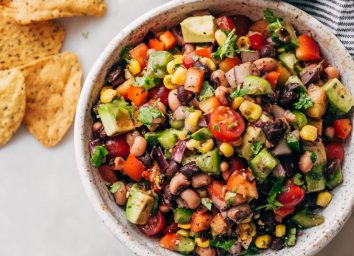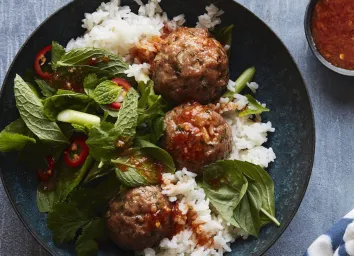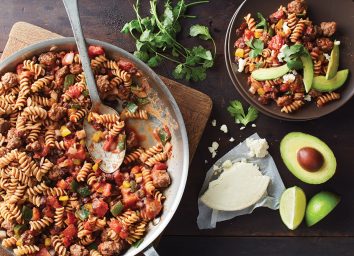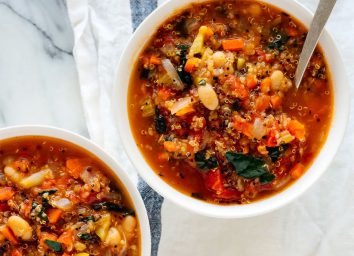30 Healthiest Foods to Meal Prep
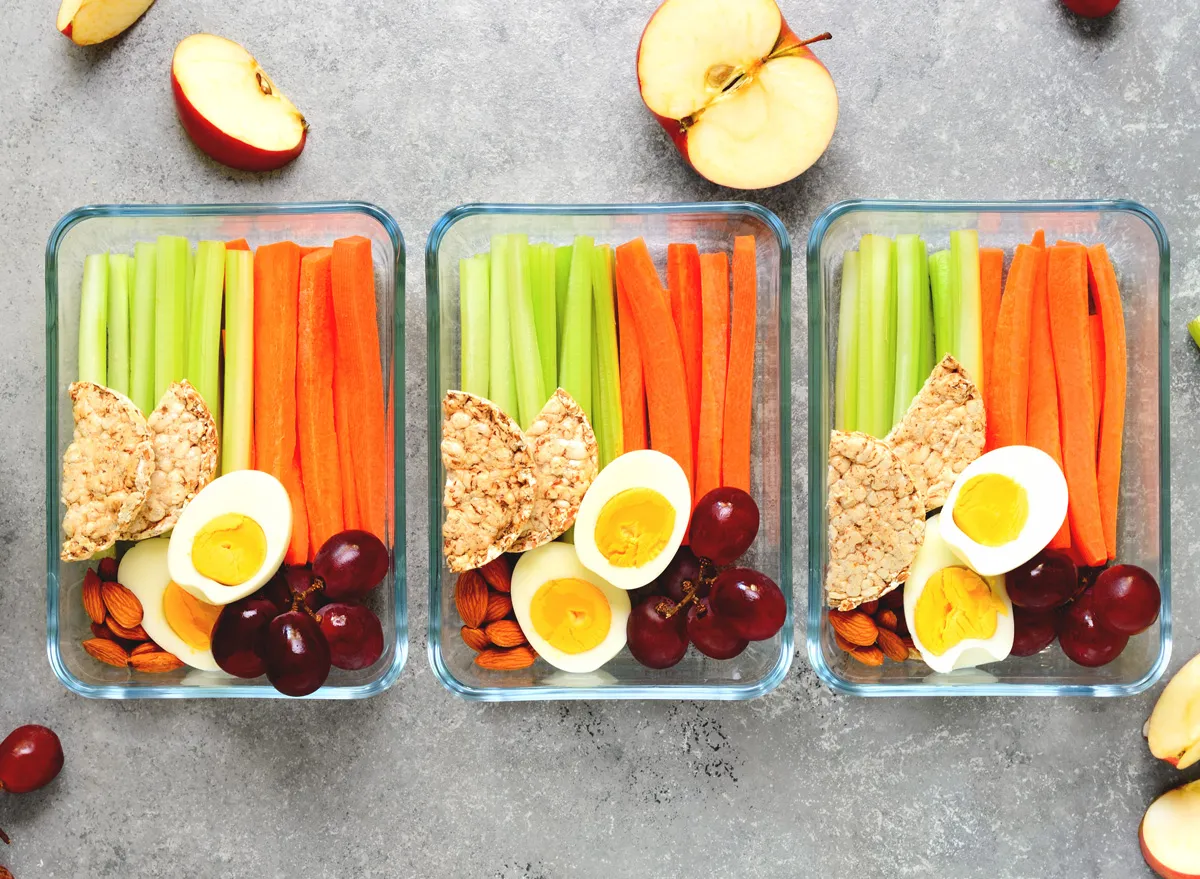
If you’re looking to eat healthier, meal prep is one of the best ways to do that. It can save you from diving into junk food snacks as well as set yourself up for healthy homemade meals during the week. (We all know that it’s too easy to reach for an unhealthy frozen meal or a bag of chips instead of having to pull out the cutting board and knife to chop up some carrots.) Plus it takes away the burden of deciding what to cook (and spending the time doing it) every single day — just spend one day meal prepping, and you can eat healthier throughout the week.
We’ve rounded up foods that are easy to prepare on the weekend, store in the fridge, and can be used a million different ways as a building block for healthier meals. Read on, and for more on how to eat healthy, you won’t want to miss these 21 Best Healthy Cooking Hacks of All Time.
Boiled Eggs
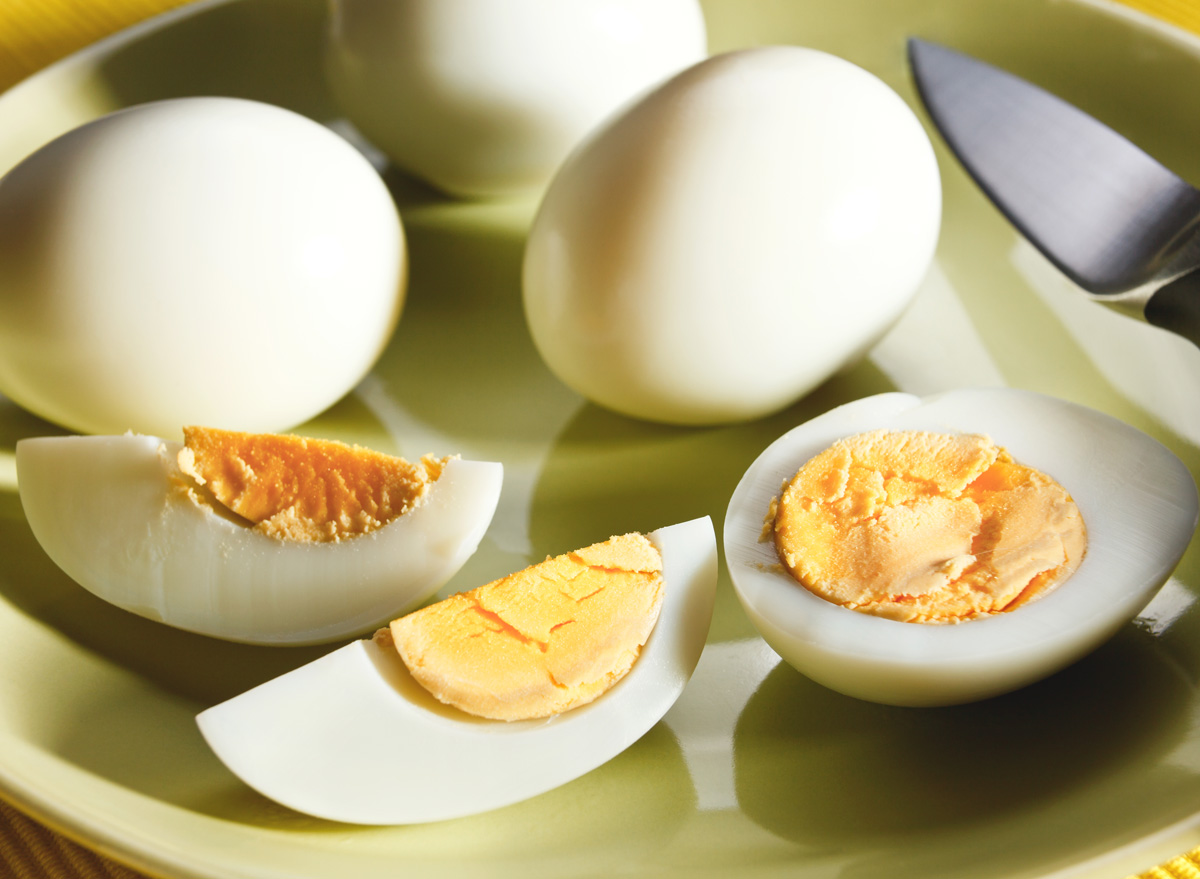
Eggs are one of the most nutritious, low-calorie foods (only 78 calories per serving). A hard- or soft-boiled egg is a great topping or side for just about any dish: slice it on top of your avocado toast, add it to a rice bowl, salad, or just eat it by itself as a healthy mid-morning snack. Either way, eggs are on the top of our healthy breakfast ideas list, so make sure you put them on your meal prep list.
Overnight Oats
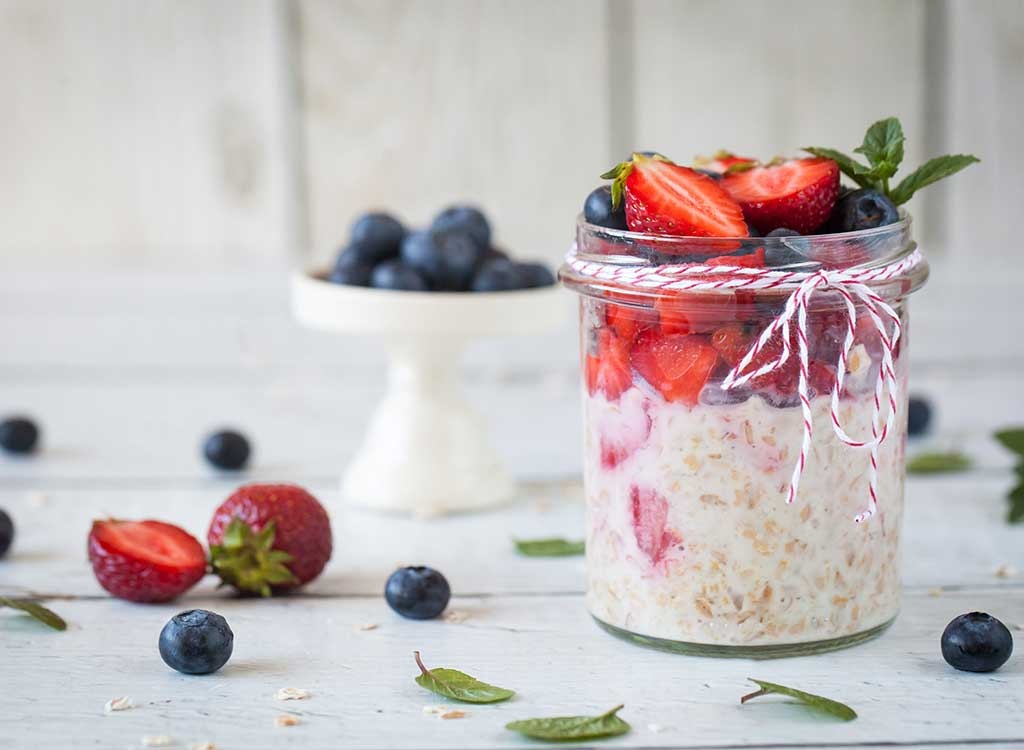
Oatmeal is a tasty way to start your mornings without all of the empty calories of refined carb cereals. Oats are packed with fiber and will keep you feeling full and satisfied for much longer throughout the day. You can prep oats easily overnight by adding half a cup of raw oats into mason jars, topping with the milk of your choosing, and letting it sit overnight in the fridge.
Cheese
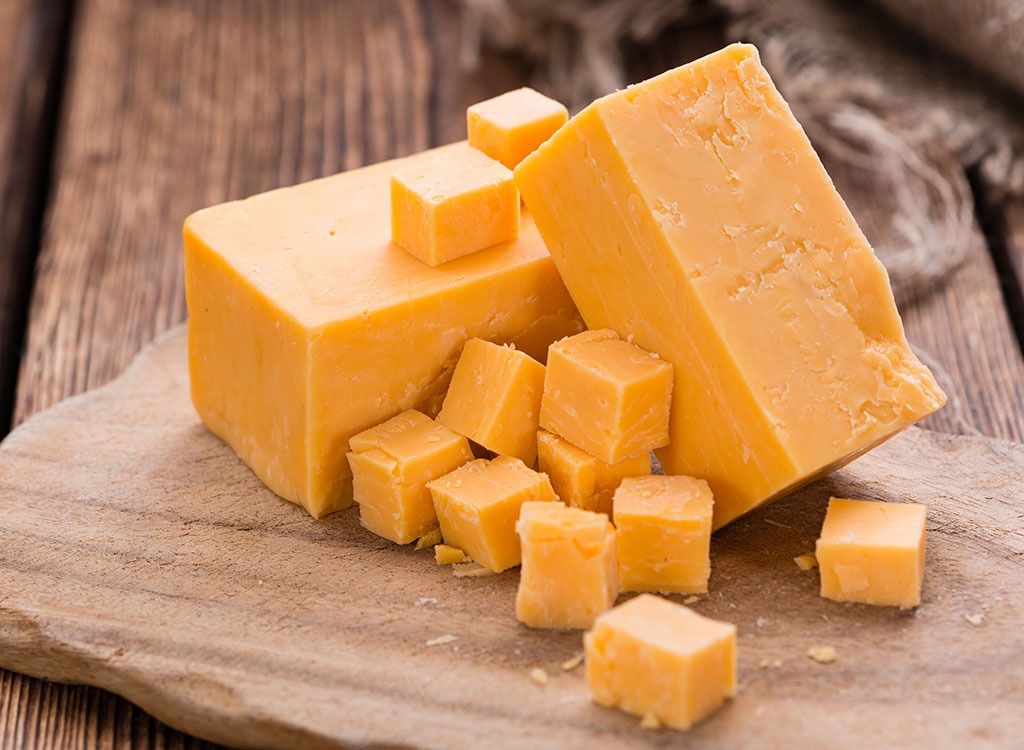
Cheeses of all stripes—hard, soft, aged, young, etc.—are a great addition to your stocked fridge for the week. Cutting them up and storing them in airtight containers will ensure you end up using them as a quick snack, and even dinner in a pinch. Make a cheese board with fresh fruits like apples, grapes, or strawberries, or eat them on a piece of crispy toast or crackers with some jam.
Dips & Spreads
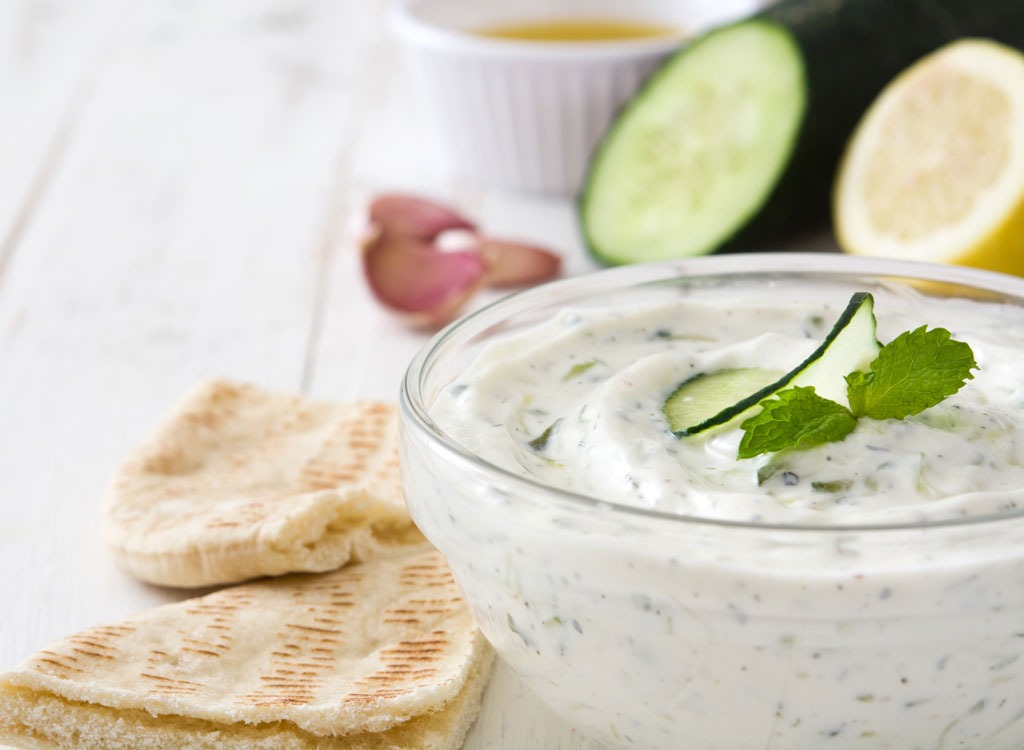
Yogurt—great on its own, but even better as a sauce or dip. When your grain bowl, roasted veggies, or meat feel less than satisfactory, add a yogurt-based sauce like tzatziki or homemade ranch. It’s one of those things that are always better homemade, and not to mention healthier, too. To make a simple version, use regular or Greek yogurt and combine with lemon juice, salt, garlic, and mint, cilantro, or dill, then store in airtight containers to scoop and dip all week long. And here’s a secret: yogurt is great for marinating meat, too. Try it on chicken breasts that you’ll bake in the oven.
Quinoa
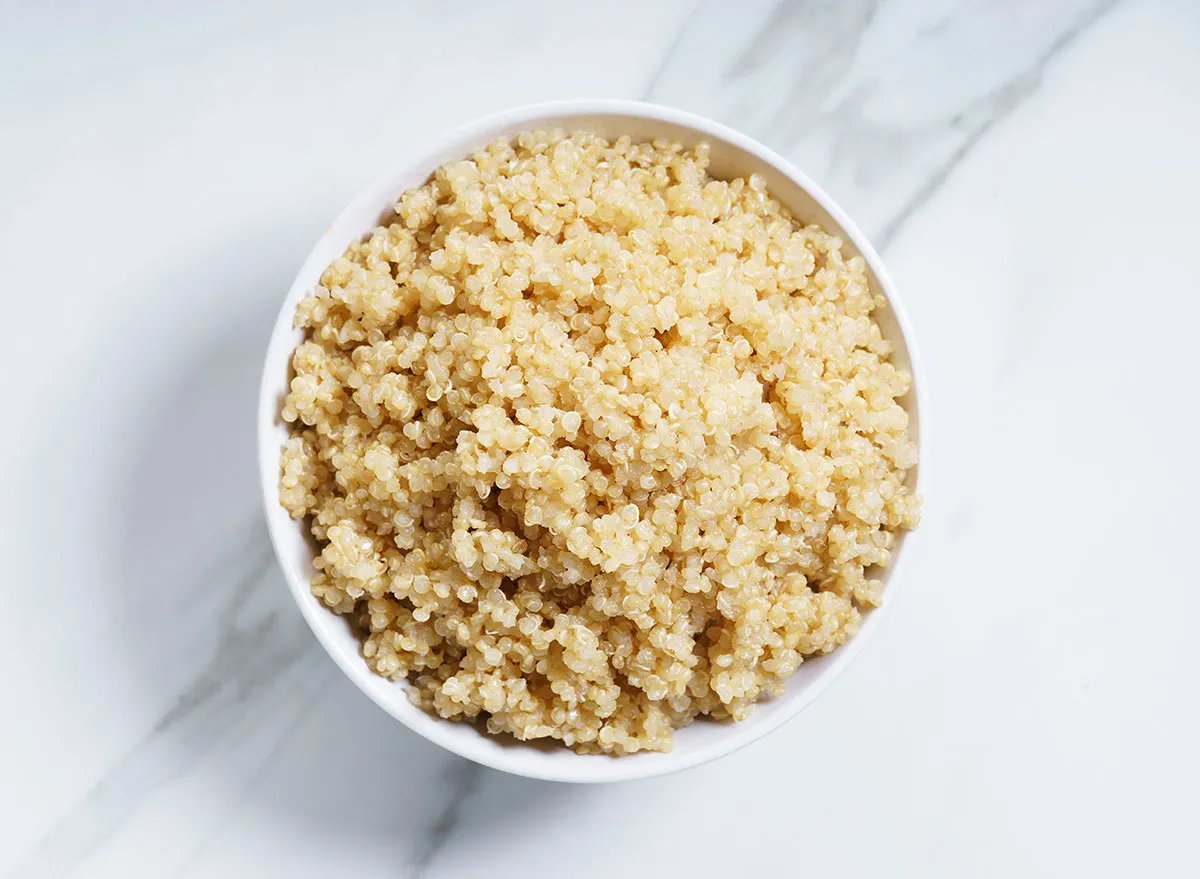
Just half a cup of quinoa has 12 grams of protein, and it’s loaded with amino acids and fiber. It’s fairly simple to make and keeps well in the fridge, so meal prep a big batch of it and enjoy it in grain-based salads, soups, overnight oats, and as a ready-to-go side dish.
Brown Rice

Brown rice is another nutritious grain that you can add to your weekly meal prep. It has all the vitamins and nutrients that are stripped from white rice during the bleaching process—it has been proven to be a weight loss-inducing alternative to white rice, according to a study in the International Journal of Preventive Medicine.
Farro
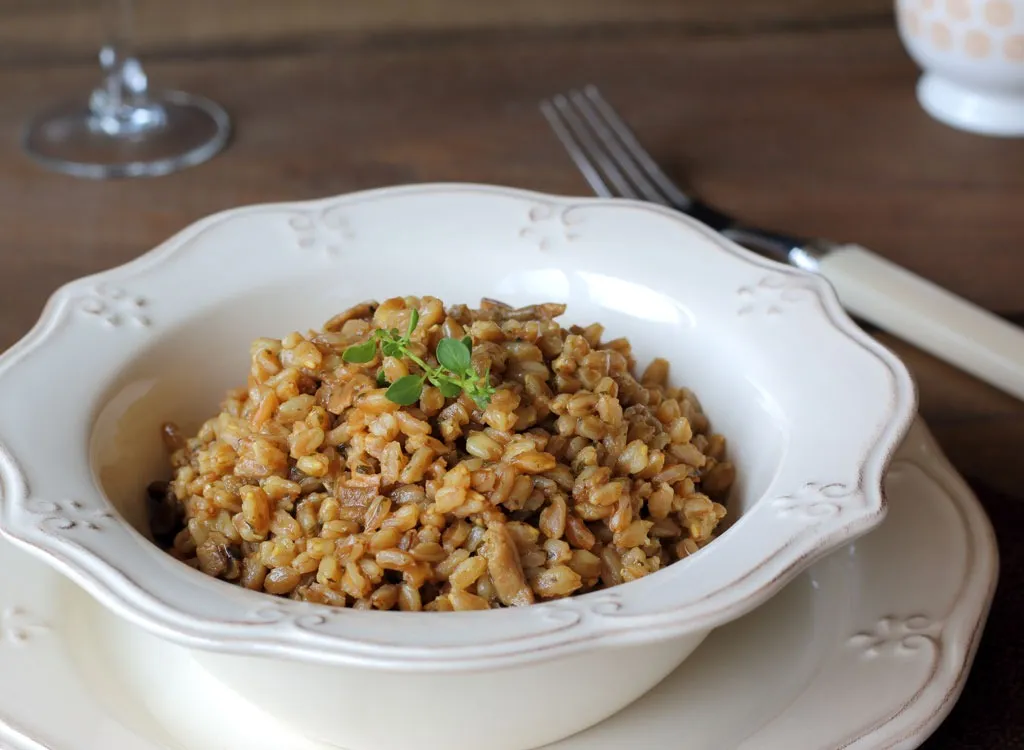
If you haven’t cooked with farro before, you’re really missing out. It’s the nuttier, chewier counterpart to rice, and adds a beautiful texture to soups and risottos. Boil it in salted water as you would pasta for 15 minutes, then check the texture and feel free to cook a bit longer. Store it in an airtight container and during the week, warm it on a hot skillet with butter or ghee, or simply add it to saucy dishes—like eggs in purgatory—for an extra boost of fiber. It also makes a great risotto!
Black Beans
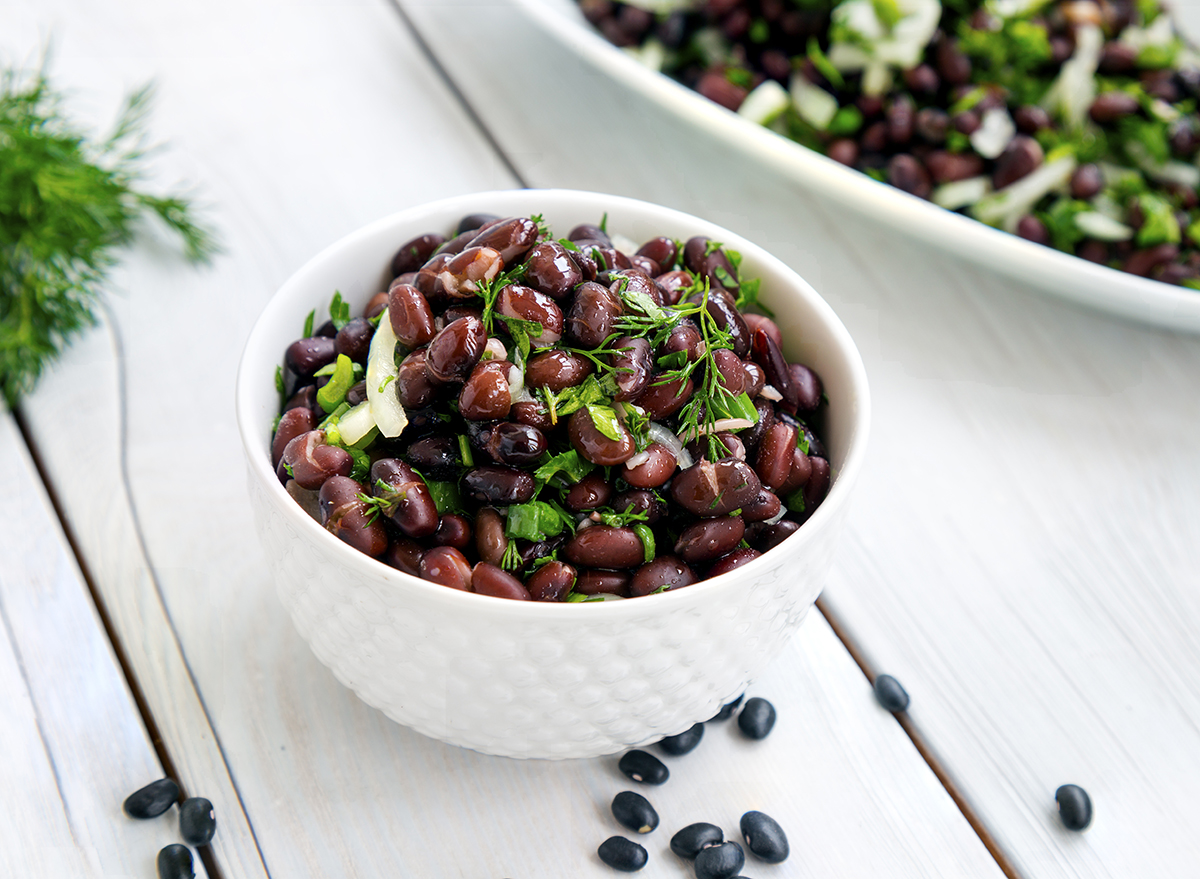
Black beans are high in protein and high in satisfaction factor. If you’re using dry beans, soak and boil them on the weekend, then rinse and store to use during the week. When it’s dinner time, you can mash them into refried beans with a bit of garlic and cumin powder, or simply use in salads and bowls.
Roasted Chickpeas
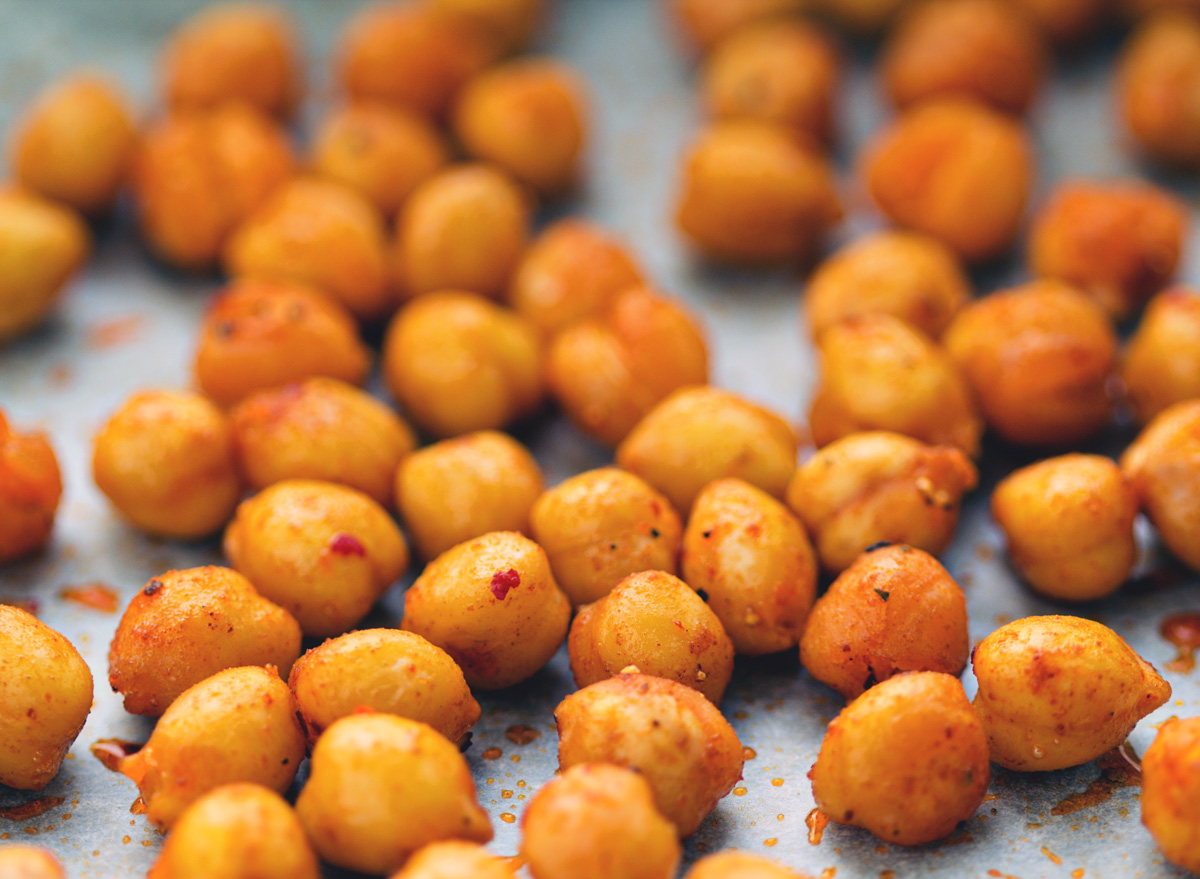
Roasted chickpeas are incredibly versatile. These beans are high in fiber and protein, and according to the American Society for Clinical Nutrition, they have been shown to lower blood sugar levels. Wash and drain chickpeas from a can, then season with your favorite dry spices like curry, cumin, paprika, or ranch seasoning, and roast in the oven for 30-40 minutes at 400 degrees. Use them in anything you want to add some crunch to—salads, pasta dishes, and even as a topping to hummus.
Lentils
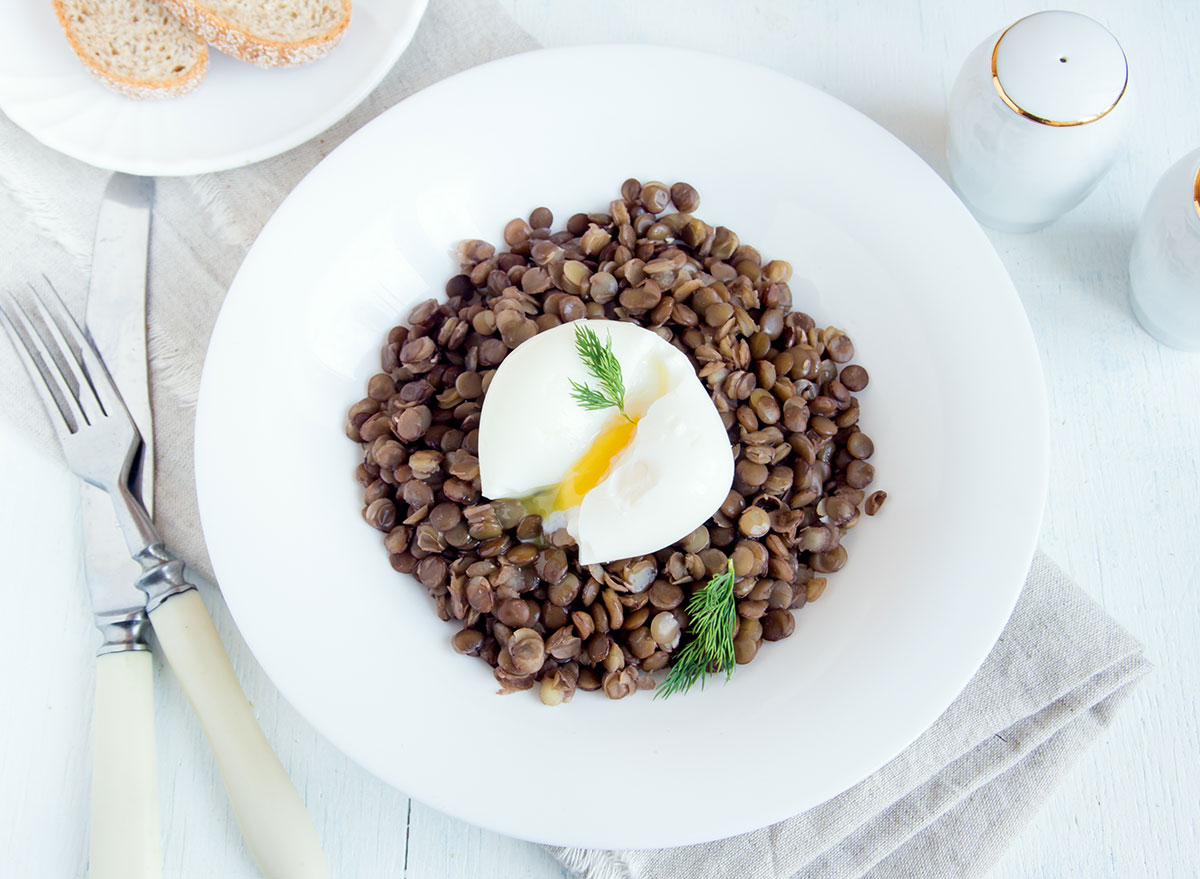
For vegetarians (or people who just aren’t fans of meat), lentils are a great source of protein; 1/4 cup of raw lentils has a whopping 12 grams of protein. They also supply a hefty dose of fiber (5 grams per 1/4 cup raw) to keep your digestive system running smoothly. Not to mention, there is so much variety out there—yellow, red, puy, black-eyed peas . . . lentils come in many colors and shapes. Cook up a lentil soup or Indian dal and freeze portions for the week, or just boil them in some salt and store in the fridge as a protein-kick for your salads.
Sliced Veggies and Hummus
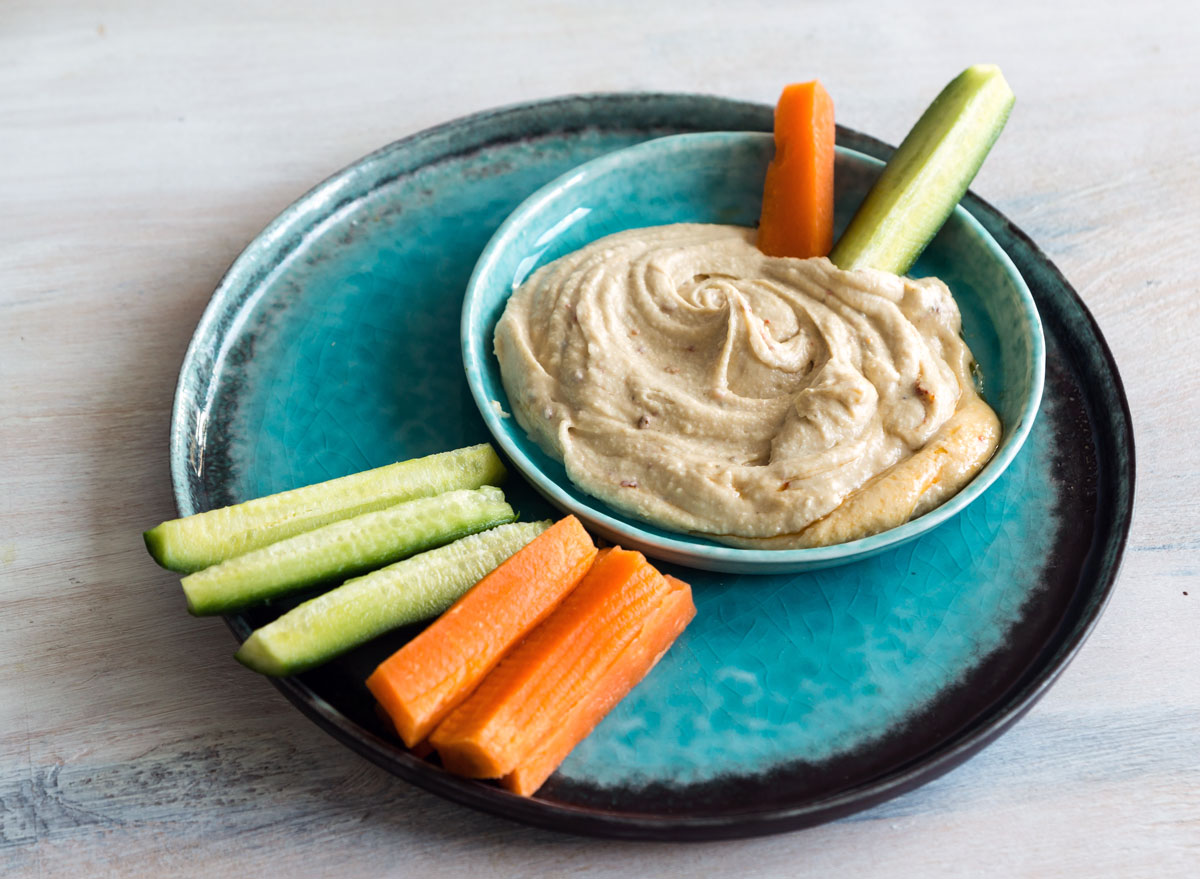
Raw veggies are probably the healthiest snack you can munch on. If you’re not a fan of raw veggies by themselves, then try dipping them! Instead of using ranch dressing, which can be high in fat and calories, try hummus. Slice up a few bell peppers, carrots, and cucumbers, and store in little reusable containers to snack on throughout the week.
Roasted Vegetables
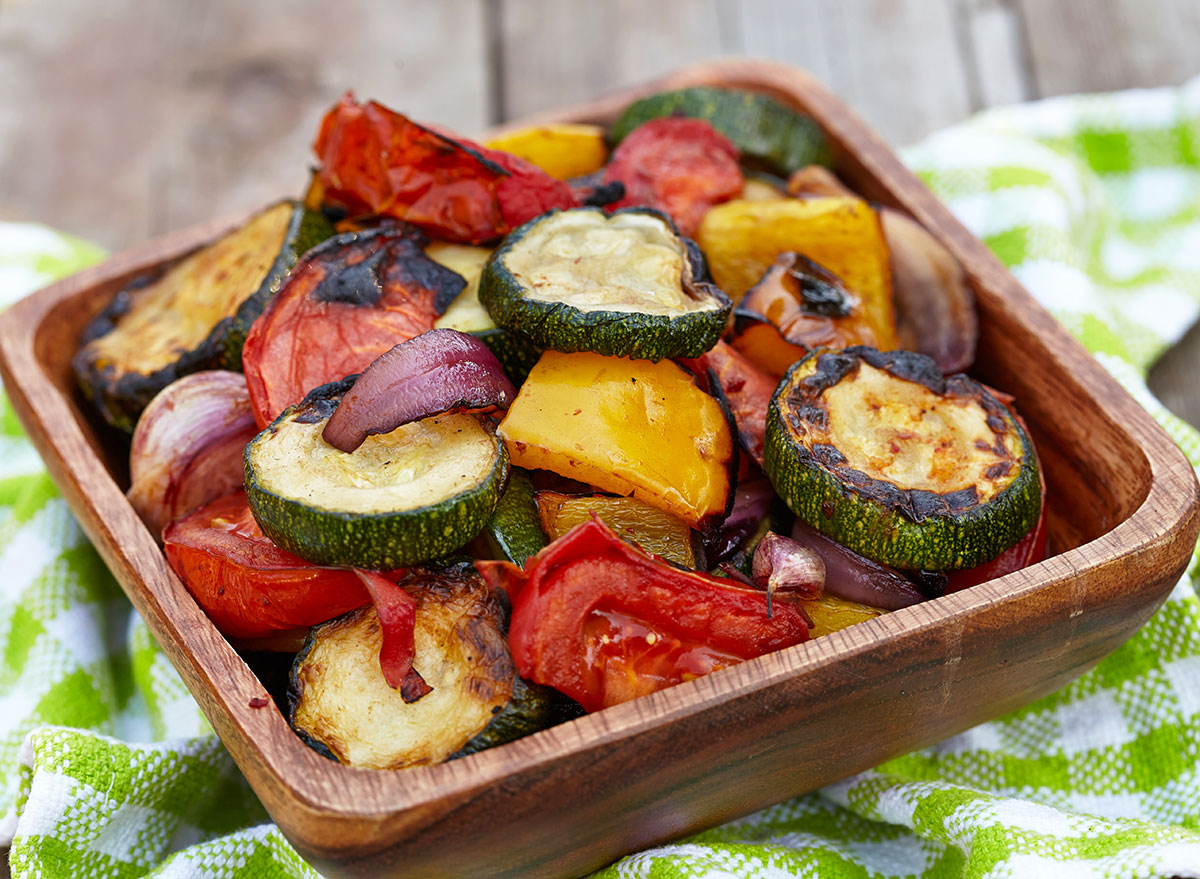
Instead of roasting your favorite veggies like pepper and Brussels sprouts every day, try roasting a week’s worth on Sunday night and re-heating them. This is a quick and tasty alternative to heavier sides like mashed potatoes and they’re so simple to make: chop your veggies and drizzle with some olive oil and your favorite spices, then pop them in the oven at 400 degrees for 25-30 minutes.
Vegetable Slaw
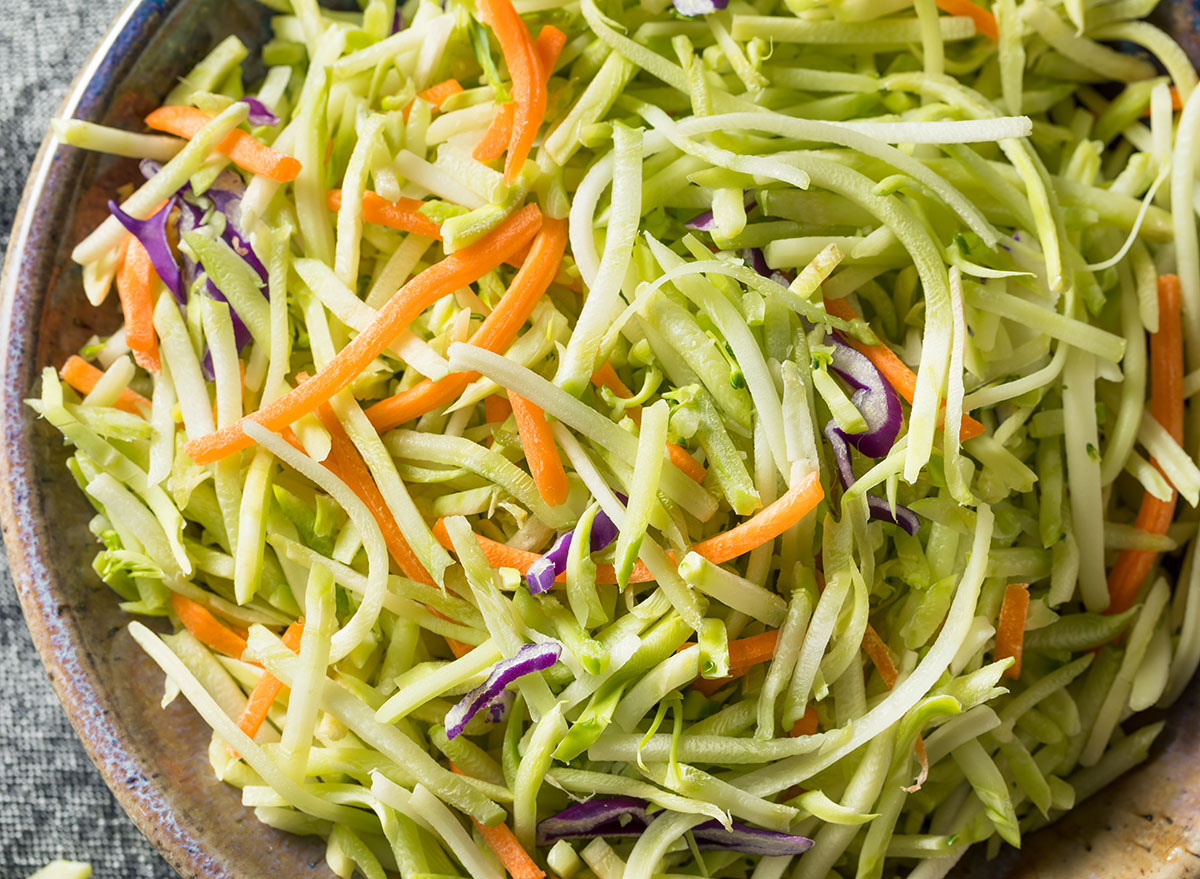
Roasting vegetables isn’t the only way you can set yourself up for clean eating during the week. Consider making a slaw from one or several vegetables: carrots, Brussels sprouts, cabbage, and cauliflower stalks, are all good candidates for a colorful slaw. Prep it ahead of time and store in the fridge in zip-top bags, then dress it with vinegar or lemon juice, spices, and herbs for a mid-week salad or a bed for your grilled fish or shrimp.
Pickled Vegetables
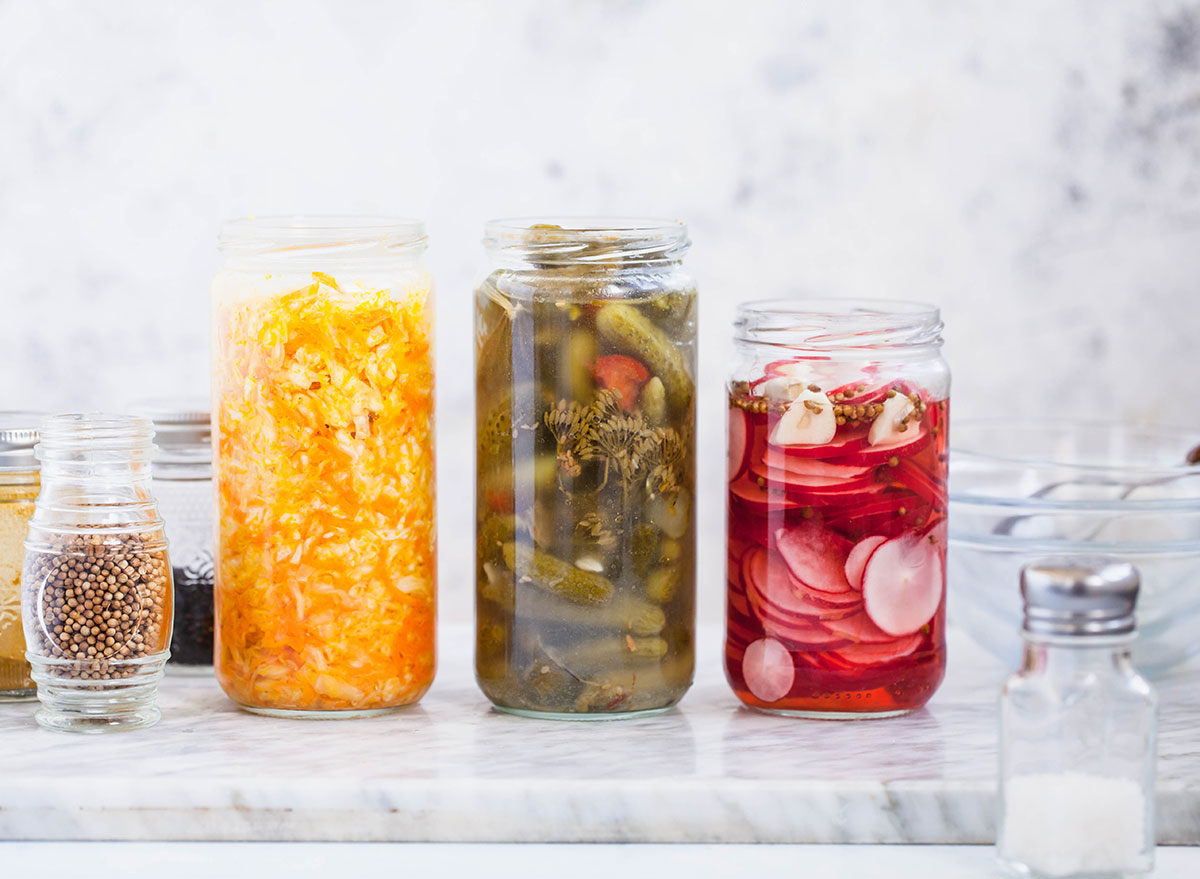
Making quick-pickled vegetables at home is easier than easy. It’s a great way to preserve anything from radishes, cucumbers, beets, onions, and carrots for long-term use. You’ll need to make a pickling liquid, which is usually done by combining vinegar, water, salt, and a bit of sugar and boiling for a few minutes. Slice up your vegetables and place them in a clean Mason jar, then pour in the pickling liquid to cover them, and seal the lid. Place in the fridge and use in salads and sandwiches, and on tacos.
Tuna
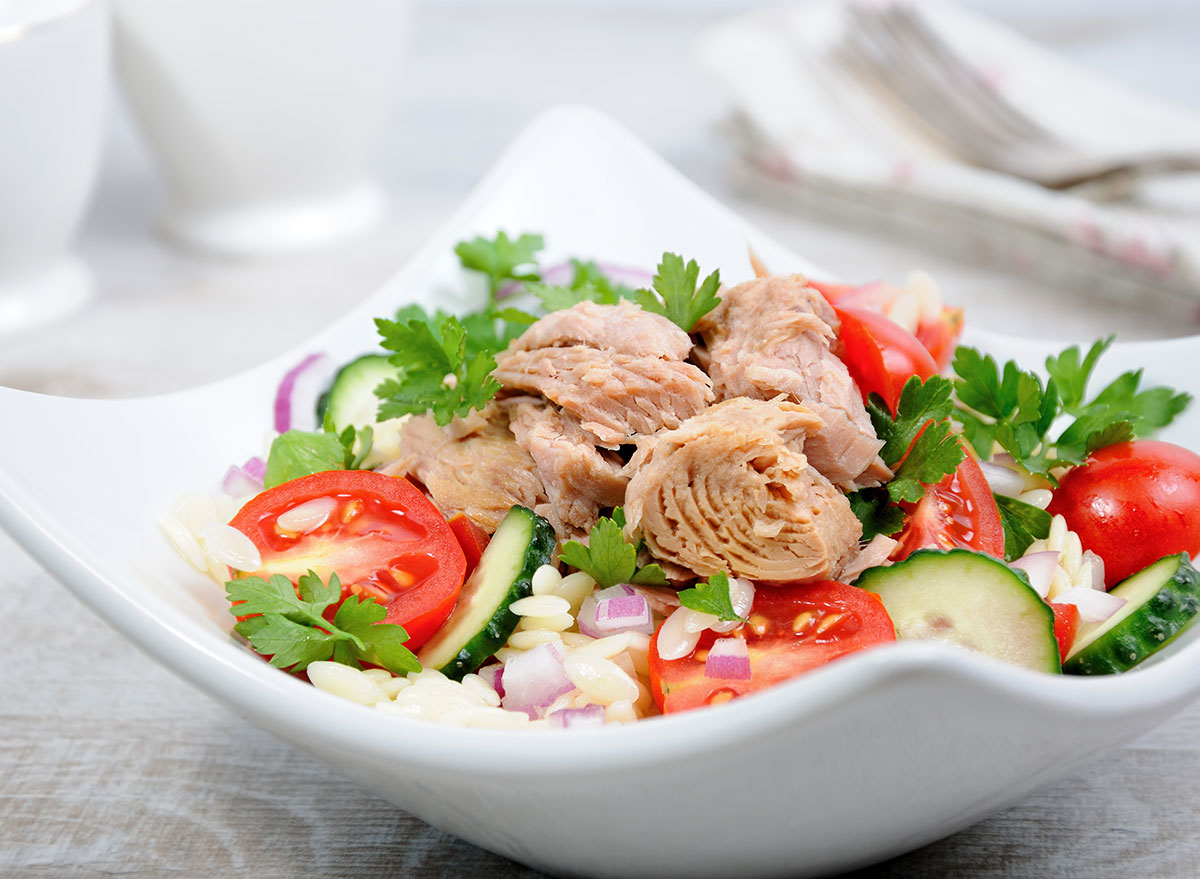
A can of tuna can be dressed up in many different ways and turned into a meal during the week. Prep a big batch of healthy tuna salad by mixing it with olive oil, lemon juice, chopped onions, and herbs, and store in an airtight container. During the week, use it in sandwiches, wraps, pasta salads, and even as a quick snack on a piece of crispbread.
Whole Wheat Pasta
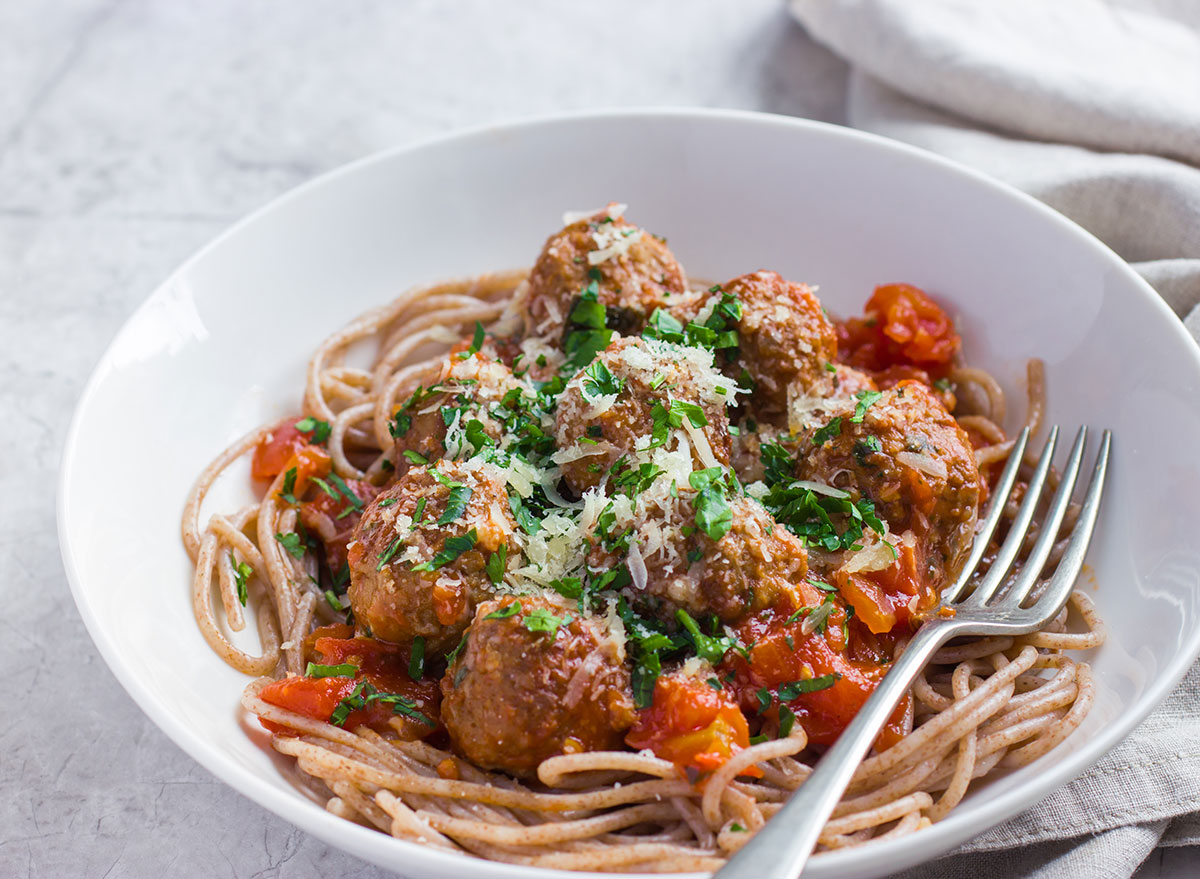
Choosing whole grains is always better than refined carbs when it comes to cutting calories and getting a nutritional bang for your buck. Whole grains have a higher nutritional profile ccompared to refined grains, and they promote weight loss and lower your BMI, according to the International Journal of Preventive Medicine. Boil the pasta until 1–2 minutes shy of al dente, store in an air-tight container in the fridge, then finish cooking it in the sauce during the week.
Ground Meat
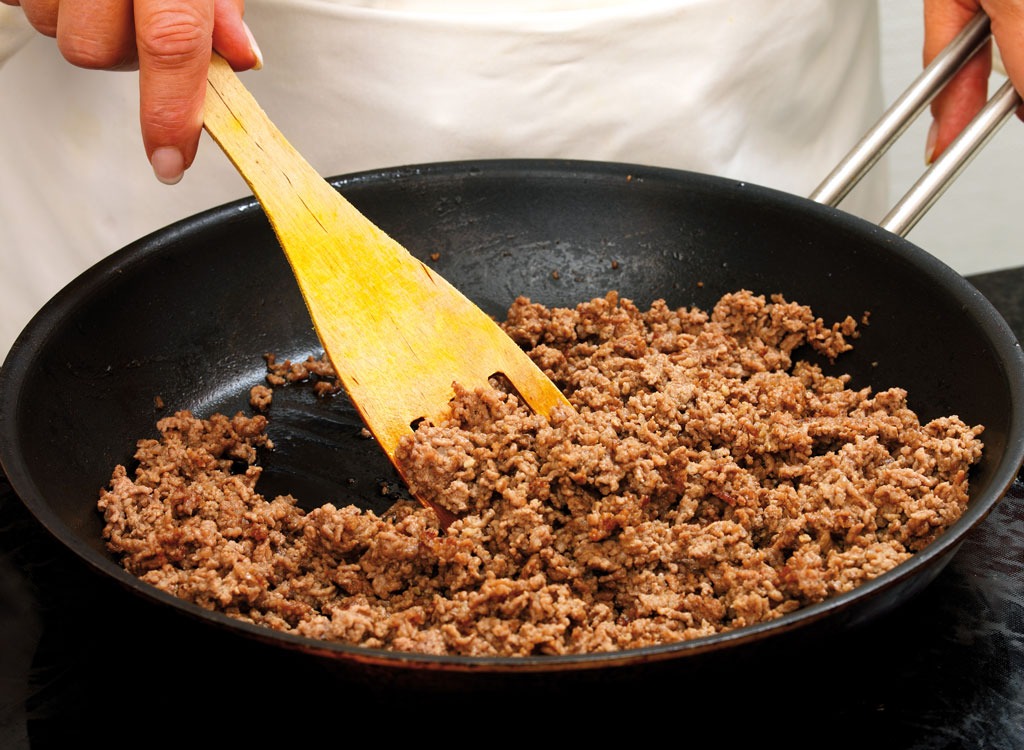
Lean ground beef or turkey is a great source of protein and you can add it to just about any dish. Whether you make some burger patties or add it to a pasta dish, ground meat is an easy way to get some protein in your favorite meals. Store it frozen and remember to thaw in time for dinner.
Grilled Chicken Breasts
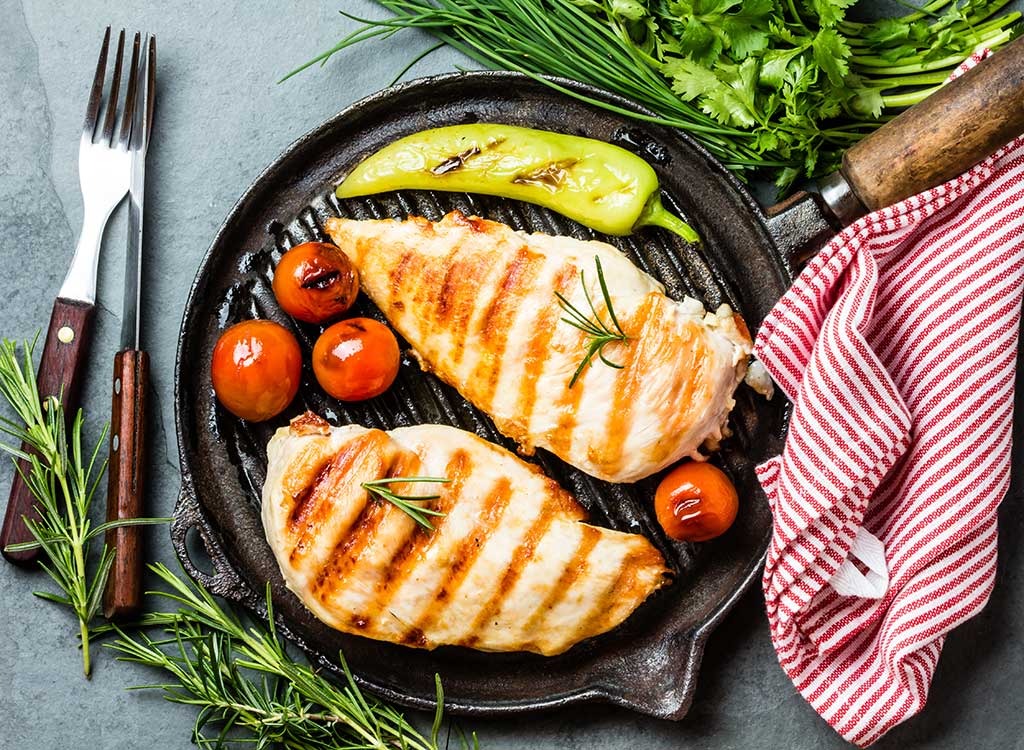
Chicken breast is lean, so it gives you a high source of protein without all the saturated fat you’d get from red meat. And going for grilled chicken breasts over fried chicken is definitely the healthier choice that’s easier to prep. Cook enough breasts to last you for four days, either on the grill or in the oven. Keep it simple throughout the week by pairing it with some steamed veggies, or add it to pasta.
Steak
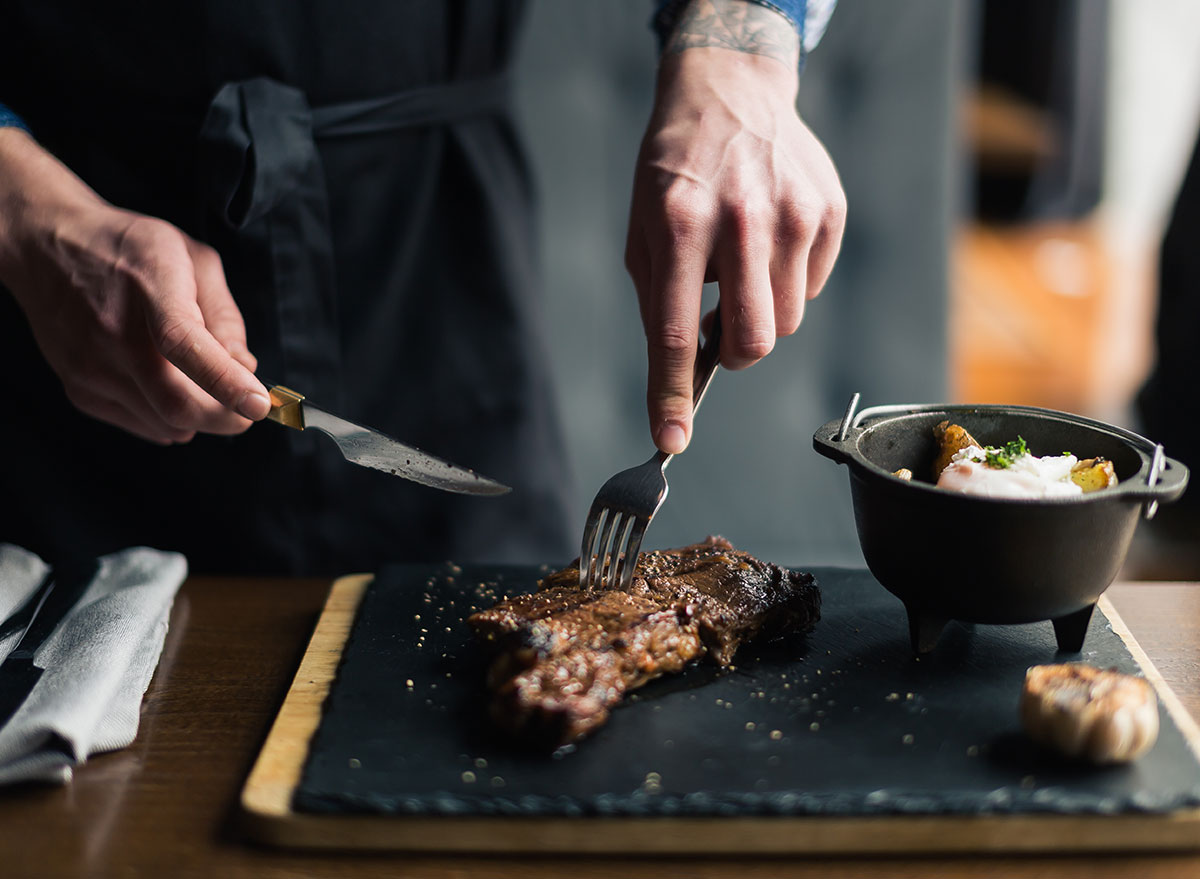
Grilling your steak ahead of time can save you from cooking every night. Opt for grass-fed beef for a healthier option, then grill it on a hot grill pan or cook it in the oven to your liking. A trick to making your steak go even farther in feeding you is to slice it up into 1/2-inch slices and using it as a protein in salads or grain bowls.
Homemade Broth
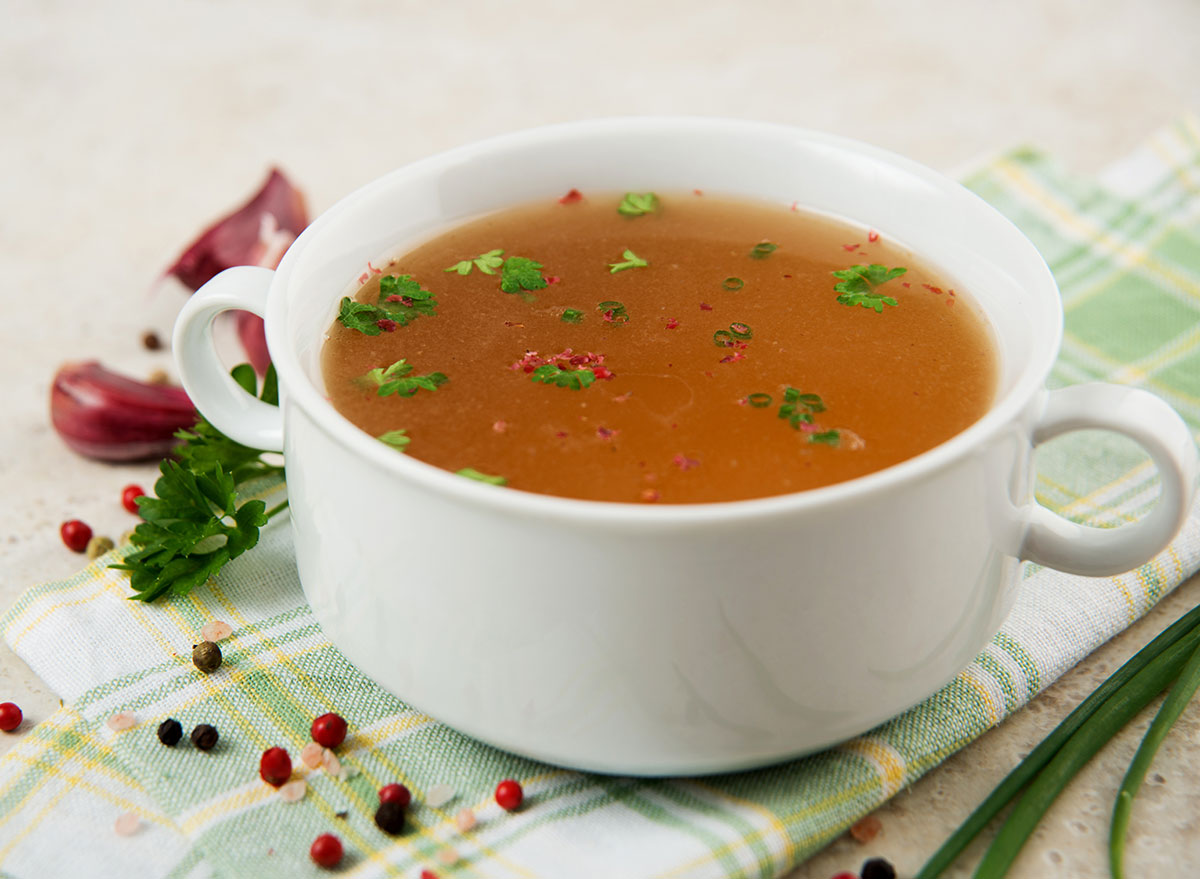
Making your own broth may seem like a daunting task, but make a big batch once and freeze it in pre-portioned amounts using ice cube trays or any plastic containers. Homemade chicken, bone, or vegetable broth will make your soups, stews, and meat dishes sing, and it’s much healthier and cheaper than store-bought versions. Add chicken or beef bones with onions, garlic, herbs, spices, and root vegetables in a big pot, cover with water, and simmer for several hours. Make it low-sodium or skip salt altogether for the healthiest broth possible.
Baked Sweet Potatoes
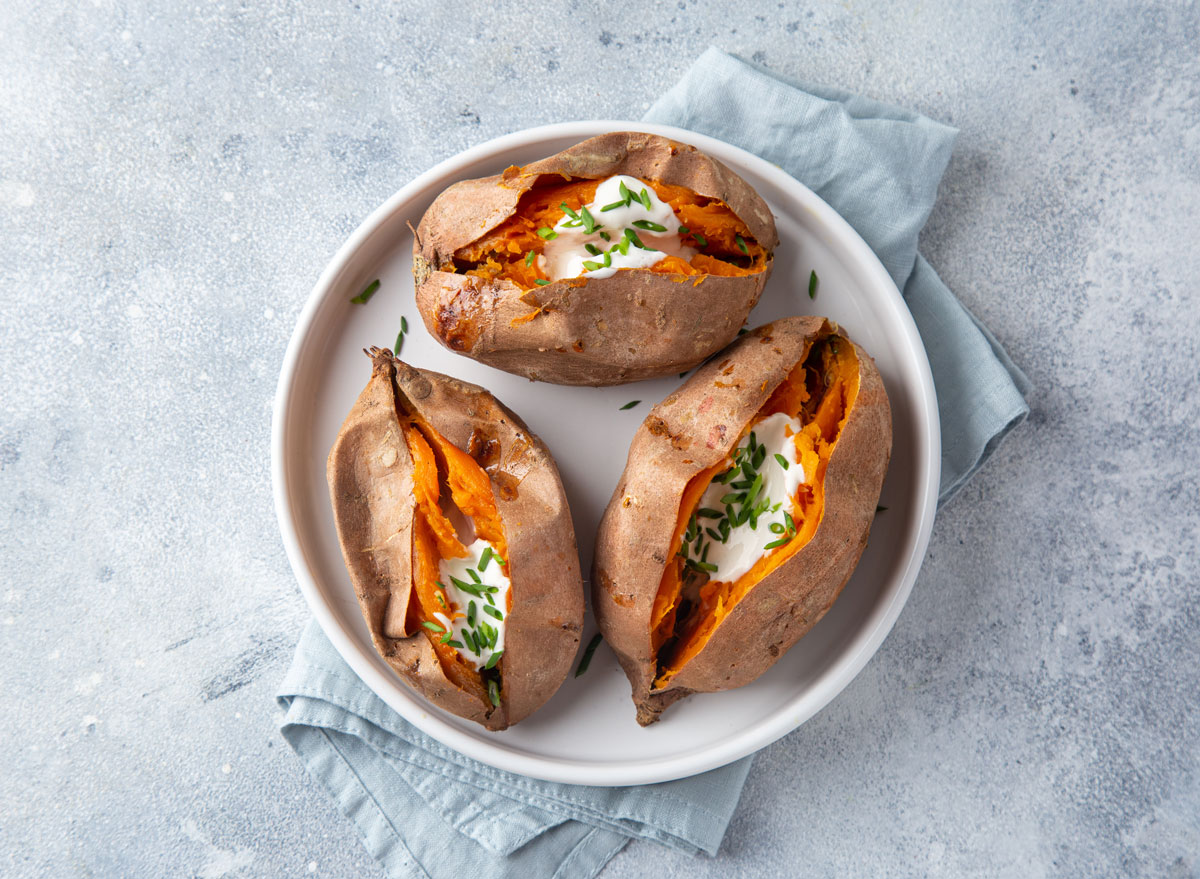
Sweet potatoes are an excellent source of fiber, protein, and vitamin A (which aids immune function vision, reproduction, and cellular communication). Bake a few in aluminum foil and store them in your fridge for later. You can mash them and add to soups or simply eat them loaded with all your favorites like cheese and sour cream.
Cauliflower Mash
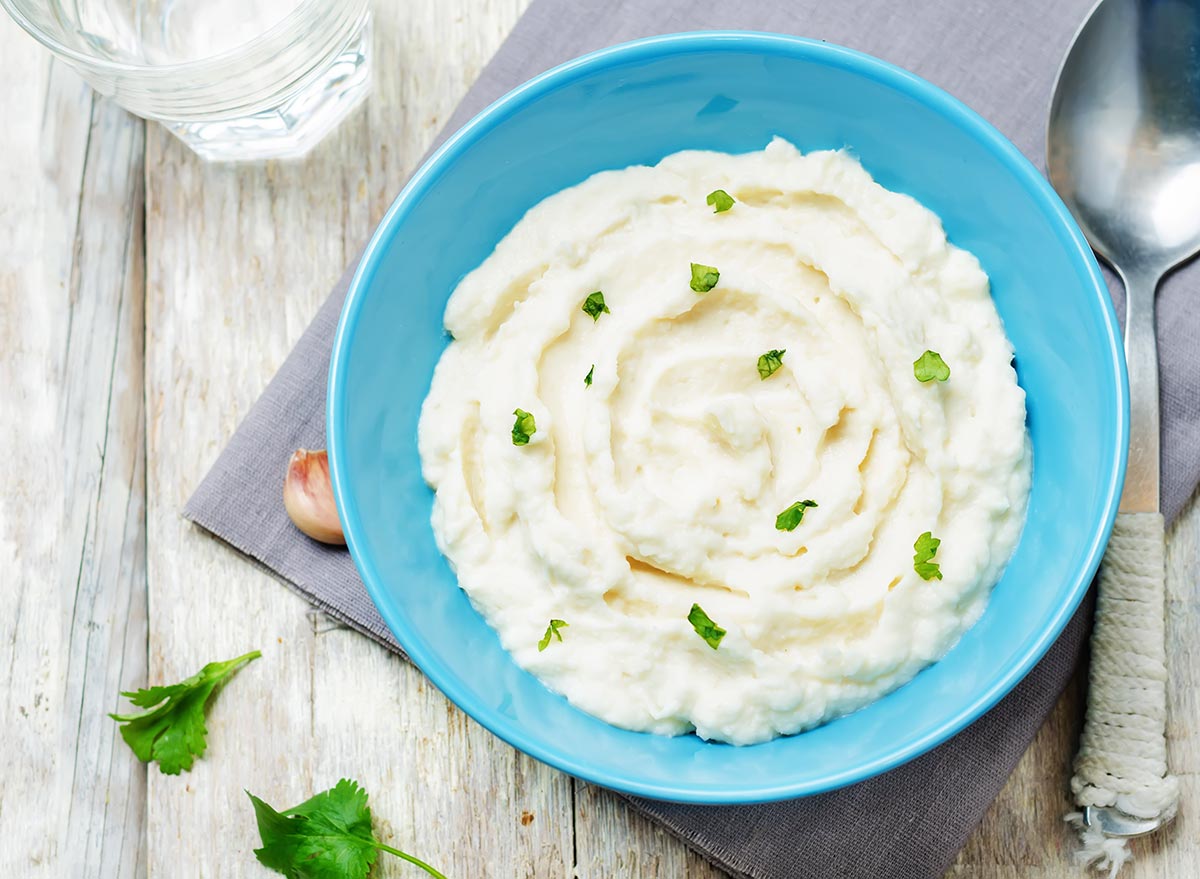
Instead of mashed potatoes, which have more carbohydrates and can be made with fattening cream, try making cauliflower mash. They taste similar to mashed potatoes and are easy to make: chop a head of cauliflower and steam it, then add to a food processor with cooked garlic and olive oil, and blend in cream cheese and Parmesan cheese. It’s much lower in calories and carbs, and cauliflower is a great addition to your plate for some extra vitamins and nutrients, such as vitamins B6, C, and K.
Sautéed Leafy Greens
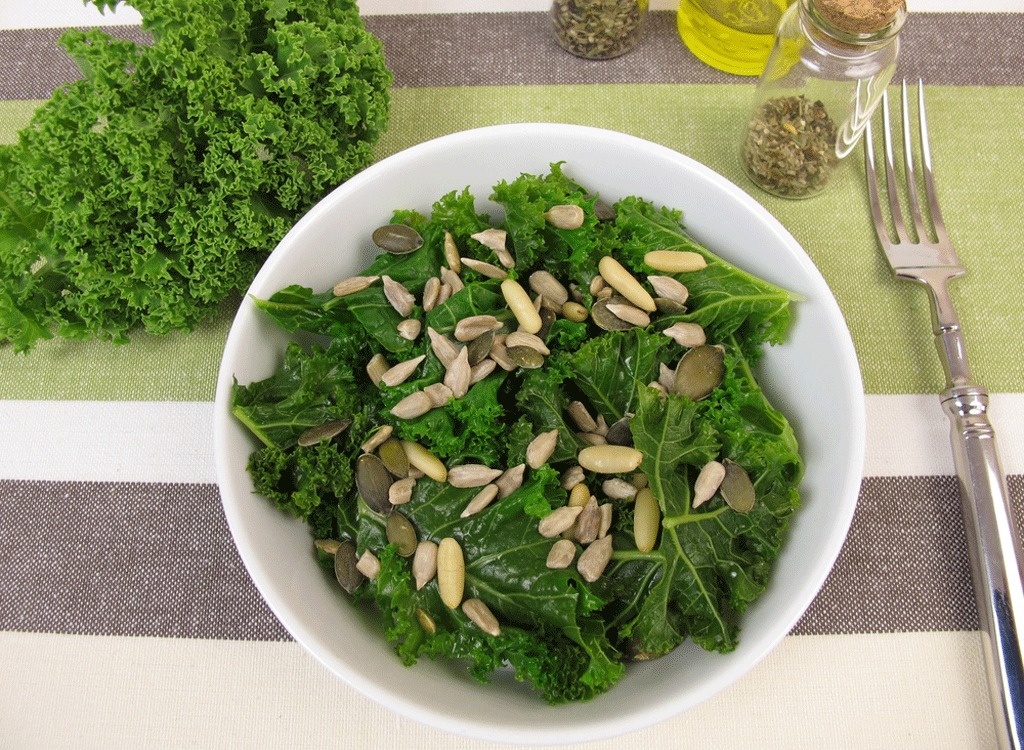
Kale, spinach, chard, collard greens, mustard greens, radish leaves . . . no matter your preference, these sturdy greens are an excellent source of vitamins and fiber. They usually wilt when you cook them, so feel free to sauté big bundles on some olive oil and garlic, then store them in air-tight containers in the fridge, to be used in salads and side dishes.
Spaghetti Squash
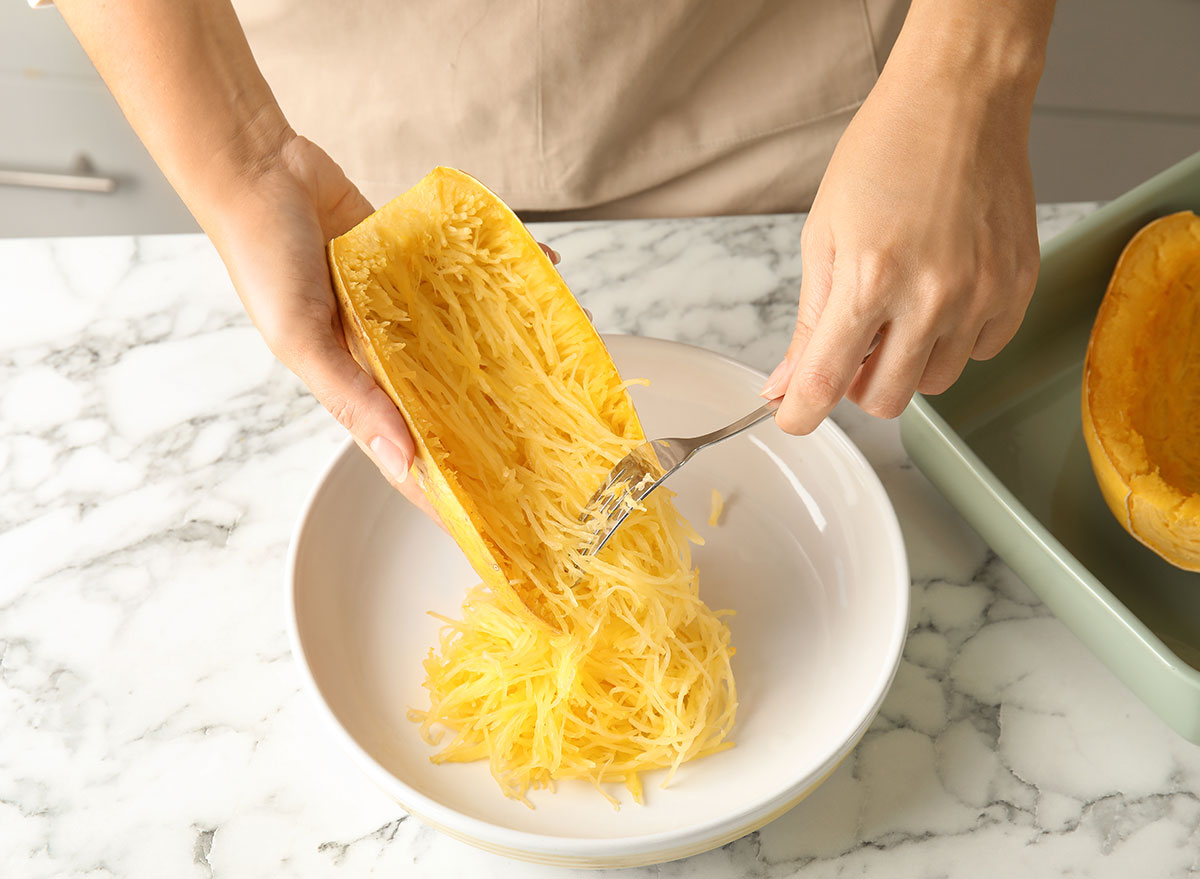
Instead of consuming empty calories and refined carbs from regular spaghetti, try making some delicious spaghetti squash. Slice the squash in half, scoop out the seeds, bake it in the oven at 400 degrees for about 30 minutes, then scrape out the insides. You’ll notice that the flesh already has a spaghetti-like texture, so no need to pull out a spiralizer! Squash has much more nutritional value than regular pasta, since it’s low-carb and packed with potassium and vitamin B6.
Wild-Caught Salmon
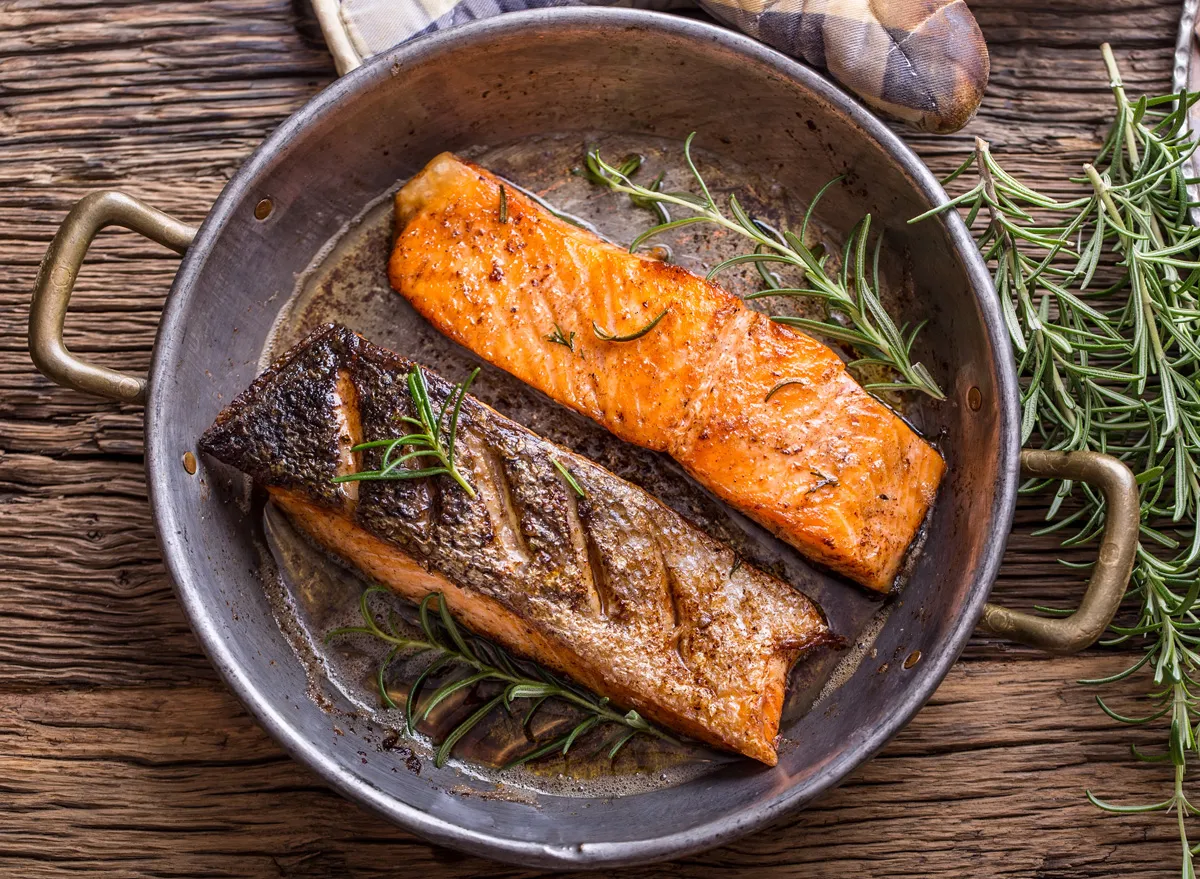
Salmon is a healthy dinner option, especially if you can get your hands on wild-caught salmon (it has more healthy omega-3 fats than its farm-raised counterpart). Add it to any of your next meal prep dishes, such as pasta or salads, or make it the star of your plate with steamed veggies and brown rice on the side.
Grilled Shrimp

Grilled shrimp is an excellent source of protein and keeps well in the fridge for a couple of days. This low-fat and low-calorie option (only 120 calories per serving) is great for your next meal prep: you can add it to some spaghetti squash or eat it on its own with a side of steamed veggies.
Trail Mix
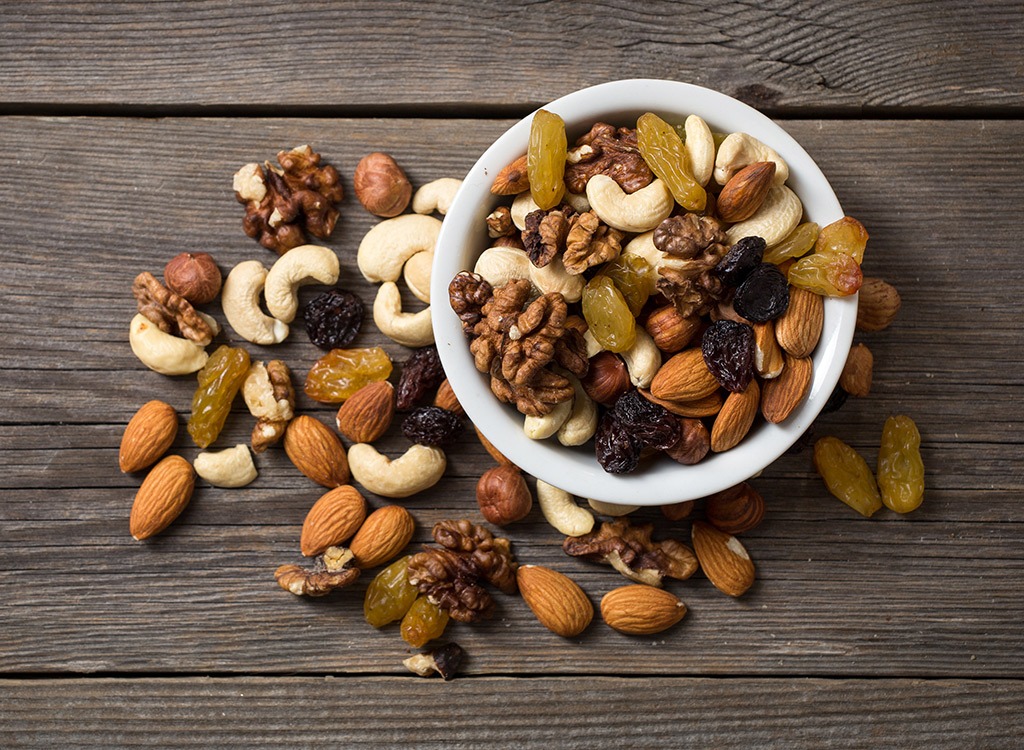
Trail mix is another great snack you can prep for the week. But, you should be careful with how many sugary additives you put into your homemade trail mix. Try sticking to a medley of nuts and seeds, and add only one or two sweet ingredients (like dark chocolate chips or raisins) to keep your snack low in the calorie and sugar departments.
Ginger
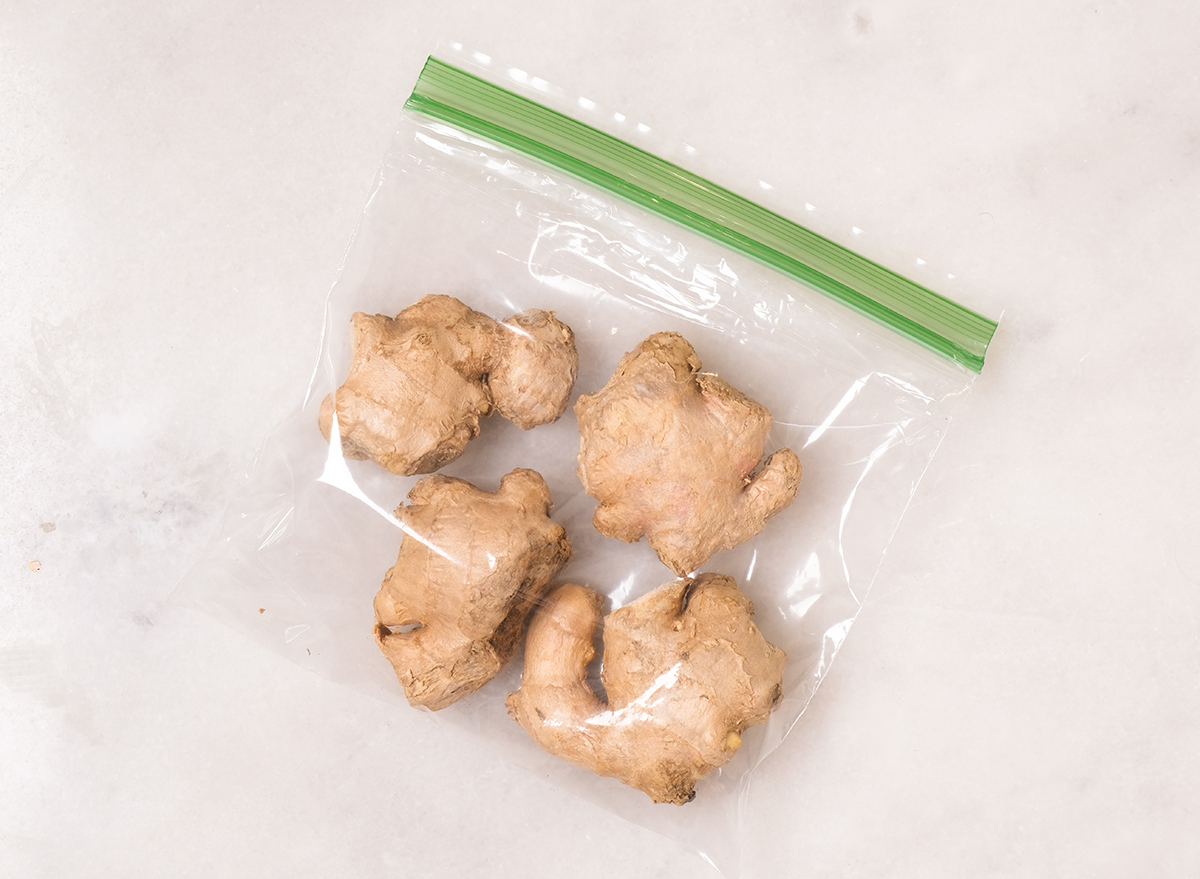
Fresh ginger root is at the base of many delicious stews, curries, soups, and even drinks that can boost your immunity, like a fire cider. In order to make your life easier during the week, grate all the ginger root you have, peel included, and freeze in an ice cube tray or zip-top bag. When you’re cooking, add the grated root to sautéeing onions when starting a soup or sauce, or make a pot of tea by steeping it in hot water for a few minutes. This is an ingredient that doesn’t necessarily come to mind as a meal-prep basic, but will be put into good use frequently, as long as it’s prepped and ready to go.
Frozen Herbs
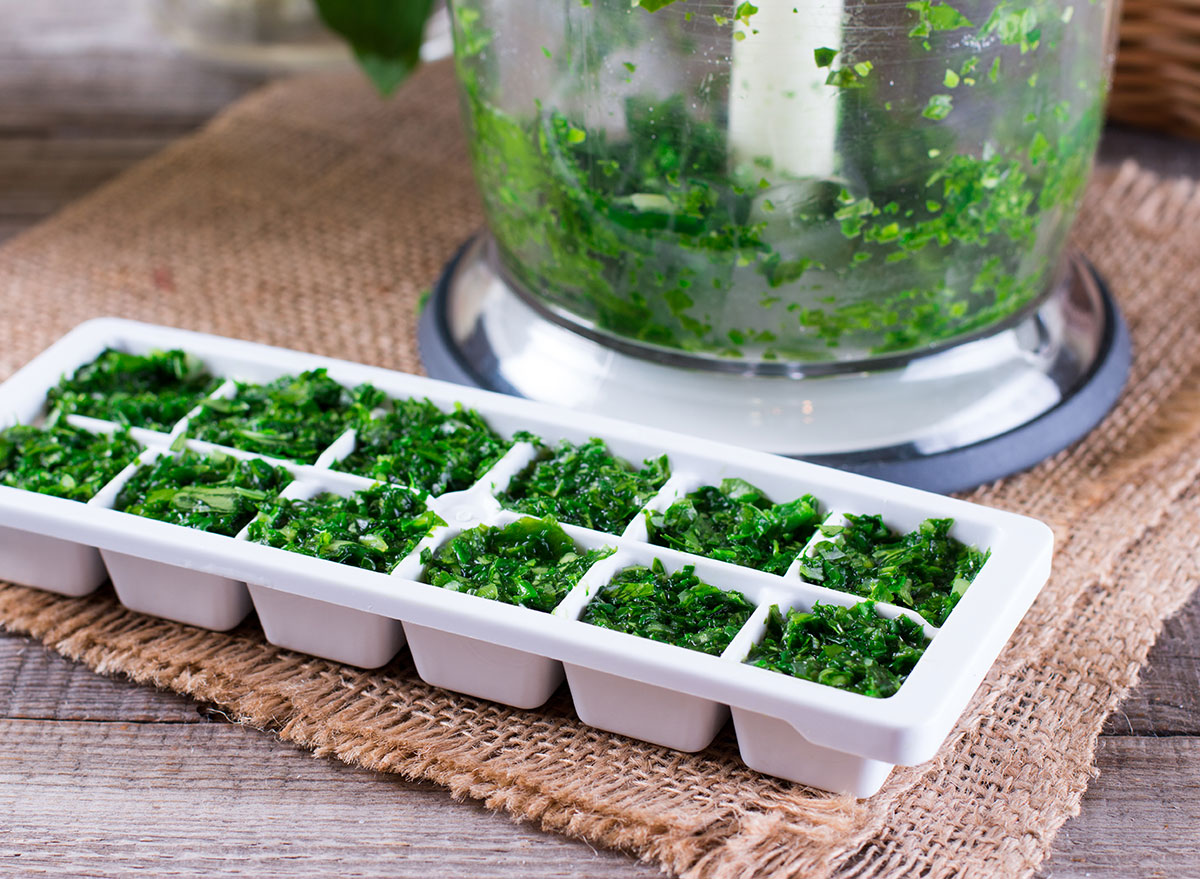
If you think fresh herbs aren’t worth storing, think again. Once frozen, they can last a few months while still retaining their potent aromas and flavors. It’s an easy way to enrich anything you’re cooking during the week. Although fresh herbs will last a while in the fridge if you want to make sure they absolutely won’t go to waste, chop them up then freeze them in a bit of water in ice cube trays.
Iced Tea

Ditch the bottled iced teas filled with sugar and syrup and make your own healthy version at home instead. Green tea, especially matcha, is filled with antioxidants and is known to aid digestion, so making a jug of unsweetened green tea for the week is a great substitute for soda or other sugary drinks you would normally have with dinner. It’s pretty simple: just boil eight cups of water, remove from heat, and add six tea bags or scoops of your choosing. Let it steep for at least four minutes or until you like the taste of it, then let it cool and refrigerate.
